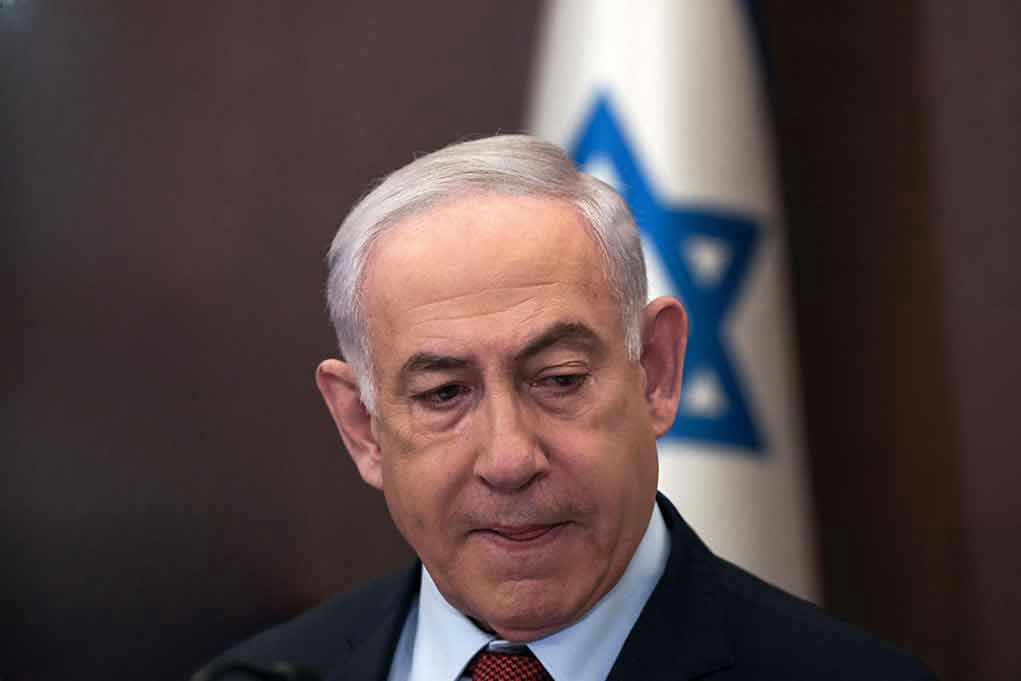
Trump’s blunt confrontation with Netanyahu over the Gaza peace deal exposes the fierce diplomatic stakes and internal rifts threatening hopes for Middle East stability.
Story Highlights
- Trump’s 20-point Gaza peace proposal sparks tension with Israeli Prime Minister Netanyahu, who doubts its prospects.
- The plan includes a ceasefire, hostage return, and shifting Gaza administration to technocrats, but Hamas resists disarmament.
- A hard deadline and threat of “complete obliteration” puts Hamas under intense U.S. pressure.
- Internal disagreements between allies and unprecedented international coalition support raise both hope and concern.
Trump’s Peace Plan Tests International Alliances and Leadership Resolve
On September 29, 2025, President Donald Trump announced his sweeping 20-point Gaza peace proposal at the White House, with Israeli Prime Minister Benjamin Netanyahu standing by. The plan calls for an immediate ceasefire, the release of hostages held by Hamas, and the transfer of Gaza’s administration to an interim group of Palestinian technocrats under international supervision. This move is backed by an unusually broad coalition, including France, Germany, and key Arab states, marking a rare alignment among global powers in the pursuit of Middle Eastern peace.
Netanyahu’s response at the announcement was skeptical and public, voicing deep doubts about the plan’s viability and the risks to Israeli security. Trump’s reaction was characteristically blunt, telling Netanyahu to stop being “so f–king negative,” a comment reported to have stunned observers and highlighted the tense dynamic between the two leaders. This exchange underscores the complexity of brokering peace in a region where mistrust and historic grievances run deep, even among close allies.
Hamas’s Partial Acceptance and Trump’s Escalating Pressure
The negotiations reached a critical juncture on October 3, as Hamas agreed to release hostages and hand over Gaza’s administration to the proposed technocratic authority, but firmly rejected demands to disarm. In response, President Trump issued a direct ultimatum: Hamas had until October 5 to accept the full terms of the proposal, or face “complete obliteration.” This explicit threat, coupled with the international coalition’s backing, ratcheted up pressure on Hamas and signaled U.S. willingness to employ both diplomatic and military leverage to achieve its objectives.
Despite Hamas’s willingness to consider parts of the plan, their refusal to disarm remains a key obstacle. The group’s desire to retain power and influence, combined with Netanyahu’s opposition to Palestinian statehood, reveals a landscape fraught with ideological and security dilemmas. The Trump administration’s forceful approach stands in stark contrast to previous failed ceasefires and diplomatic efforts, aiming to break the cycle of violence and move toward a lasting solution.
Internal Disagreements and Global Implications for U.S. Policy
The public clash between Trump and Netanyahu signals deeper fissures in the alliance, challenging the notion of unified Western leadership on Middle East policy. Netanyahu’s skepticism reflects Israeli security concerns and reluctance to embrace Palestinian statehood, while Trump’s focus is on delivering a signature diplomatic victory and projecting American strength. The international coalition’s support gives the proposal unprecedented legitimacy, but also raises questions about enforceability and the durability of peace if key players remain divided.
For conservative readers, the story is a stark reminder of the importance of strong leadership, clear priorities, and the defense of constitutional principles. The situation highlights the persistent threat posed by radical groups and the need for decisive U.S. action to safeguard national interests while supporting Israel. At the same time, the diplomatic rifts and internal disputes demonstrate the risks of government overreach and globalist agendas that can undermine core American values.
Inside Trump’s blunt exchange with Netanyahu after major development in Gaza peace deal: ‘So f–king negative’ https://t.co/oekwDefDPH pic.twitter.com/nv9WNw2n91
— New York Post (@nypost) October 6, 2025
The outcome of these negotiations will shape the region’s future, with immediate humanitarian stakes for civilians in Gaza and Israel. If the deal succeeds, it could open a path to reconstruction, stability, and reduced violence. If talks collapse, the risk of renewed conflict and deeper divisions looms large. As always, vigilant scrutiny and a commitment to American principles remain vital in holding leaders accountable and defending the values that matter most.
Sources:
Donald Trump’s September 2025 Gaza Strip proposal – Wikipedia














